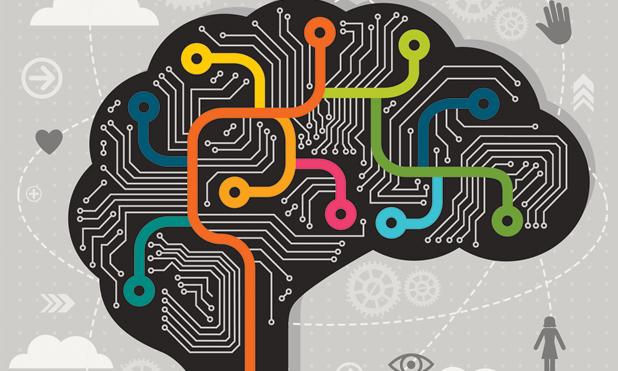Neuroengineering

Background
Perception, cognition, emotion and movement are the product of brain activity (see figure). Intelligent behavior is the result of coordinated, spatio-temporal patterns of activity of large ensembles of neurons. Dysregulation of these patterns is directly linked to neurological and neuropsychiatric disorders. While conventional brain imaging (CT, MRI, PET) and EEG are essential tools for unveiling the macroscopic dynamics of brain activity, they are limited in their ability to resolve activity at the cellular level. Current efforts in the fields of neuroscience and engineering have concentrated on developing methods for recording large ensembles of single neurons in behaving animals. However, monitoring, interpreting and controlling these cellular dynamics require the development of new technologies and computational tools.
Continue Reading...
Faculty Contributors
Braden Brinkman, Neurobiology and Behavior
Giancarlo La Camera, Neurobiology and Behavior
Craig Evinger, Neurobiology and Behavior
Guanchao Feng, Electrical and Computer Engineering
Aflredo Fontanini, Neurobiology and Behavior
Shaoyu Ge, Neurobiology and Behavior
Arianna Maffei, Neurobiology and Behavior
Sima Mofakham, Neurosurgery
Memming Park, Neurobiology and Behavior
Joshua Plotkin, Neurobiology and Behavior
Emre Salman, Electrical and Computer Engineering
Maya Shelly, Neurobiology and Behavior
Milutin Stanacevic, Electrical and Computer Engineering
Qiaojie Xiong, Neurobiology and Behavior
